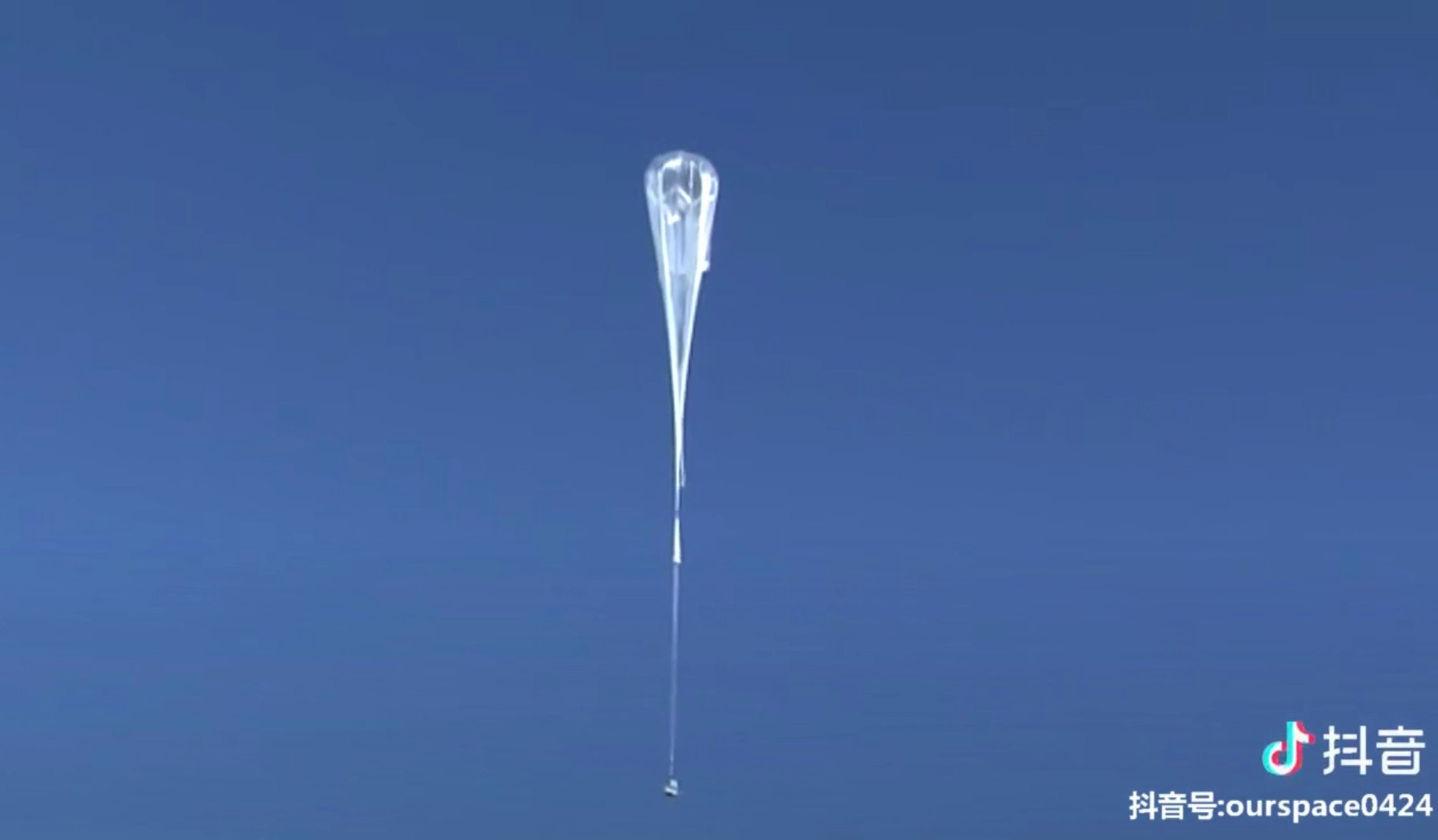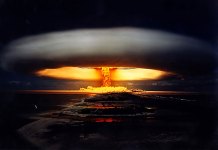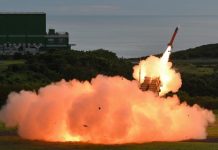The entire chemistry of modern warfare stands at crossroads. Digital warfare essentially aims at reducing the on-field role of human beings and leaving the clashes and consequences to artificial intelligence.
The first signal of the efficacy of drones in the war came from the Azerbaijan-Armenia war in which the Türkiye-manufactured Bayraktar drones played havoc with the courtship of Armenia. Iran is said to have given many drones to Russia, allegedly used in the war against Ukraine.
Almost all big powers have equipped their arsenals with drones. China is providing drones to Pakistan, which the latter is using in J&K. Turkey is also reported to have supplied some variants of Bayraktar drones to Pakistan.
India is collaborating with the US to manufacture high-quality drones. Drones can strike enemy targets, and that objective is mostly foremost with belligerent states. We understand India primarily wants drones for surveillance along its long border with China and Pakistan.
Whatever the nature of using drones, this new weapon is gaining popularity with all countries’ enemy intelligence programs about the deployment of naval and land forces.
The Rising Use Of Balloons
There was much noise about a hexagonal object shot down by a US fighter on February 12 over Lake Huron after traversing Montana, like earlier ones, operating over US strategic missile emplacement at Malmstrom Air Force base.
Knowledgeable sources say that the Malmstrom base is one of the three sites on US territory where Minuteman III MIRV missiles are emplaced in underground silos. The other two are at Minolta, North Dakota, and Francis E Warren Air Force base in Wyoming.
This is not the first balloon that was sighted; before, balloons were sighted not only in the sky of the US but in European skies also.
People are making wild surmises about wherefrom these balloons come from, who sends them, and for what purpose. As days rolled by, Beijing confirmed that the balloons were indeed Chinese.
The fact is that after publicizing the shooting down of the Chinese balloon over Lake Harun and the US’ finger of suspicion pointing towards China, the latter, by way of a rebuttal, disclosed that it had already shot down several balloons of the US over the China Sea region and the hinterlands.
Perhaps this is why Washington has desisted from making it a contentious issue and calling it a hurdle in an attempt to reconstruct normal relations with the US. Clearly, the balloon strategy has been in place for many years between the two countries, and neither spoke publicly about it.
China is deeply interested in spying on the strategic missile emplacements of US missiles at various sites. Maybe China is preparing for first strike capability against the US homeland or would checkmate the US if it is thinking of threatening the Chinese homeland or the sites of its outreach, meaning Taiwan.
The US relies on missile silos and nuclear submarines in case of a first strike. But experts think that neither of the two is to be taken as the first strike system.
China has a greater ICBM capability than the US, most of which are solid-state rockets that can be launched quickly on demand. Chinese deployment combines fixed hardened launch sites with ICBMs that can move about on rail lines or roadways, making them hard to find and destroy.
Since the ballooning controversy refused to go away, China offered no details of the civilian entity or company that owned the airship. Washington imposed sanctions on six Chinese companies involved in a Chinese balloon surveillance program.
The US Commerce department thinks the PLA used high-altitude balloons for intelligence and surveillance activities. The US uses balloons, too, but for civilian purposes like weather forecasting, etc.
Presuming that Beijing was telling the truth that the balloon the US Air force shot down was collecting meteorological data, it could have served a dual purpose. President Xi of China has promoted “military-civil fusion,” which has made distinguishing the civilian from the military more challenging than ever.
Ballooning Animosity Between China-US
China aims to become an economic, technological, and military superpower by promoting collaboration and resource-sharing between the civilian and military branches, particularly in technology. The partnership covers everything from big data to logistics.
It has allowed the Chinese military to take advantage of technological advances in the private sector while broadening its procurement base.

That is the take from how China has allowed the veil of secrecy to cover the story of its spy balloon. Significantly, China has disclosed that the US conducts reconnaissance missions close to the Chinese coast more than weekly.
Foreign Ministry spokesman of China, Wang Wenbin, said the US sent 657 warships and aircraft to conduct close-in surveillance of China last year.
He also pointed out that “the US routinely violates the sovereignty and interests of other countries, including its allies, with indiscriminate technological surveillance. The United States is the world’s largest espionage habitual criminal and surveillance empire.” (Asia Times of February 18)
However, amusingly, before the balloon appeared above Montana, Washington and Beijing were engaged in a tentative re-engagement after several years of minimal contact between the two capitals.
Last November, Biden and Xi met in Bali and agreed that Foreign Secretary Blinken would visit Beijing this month. But the balloon strategy has obscured the chances of the visit, and the expected thaw after Blinken’s visit is to be dismissed for the time being.
The Ukraine war is not going to help an improvement in Sino-American relations because China has refused to criticize Russia and blames Washington and NATO for provoking the war.
If reports are to be believed, China could start arming Russia with lethal military aid that could further deteriorate ties between Washington and Beijing.
US Secretary of State Antony Blinken said Chinese firms were supplying “non-lethal support” to Moscow and new information indicated that China could now provide “lethal support” to Moscow. Such an escalation would mean “serious consequences” for China, Blinken warned.
- KN Pandita (Padma Shri) is the former Director of the Center of Central Asian Studies at Kashmir University. Views expressed here are of the author’s.
- Mail EurAsian Times at etdesk(at)eurasiantimes.com
- Follow EurAsian Times on Google News




